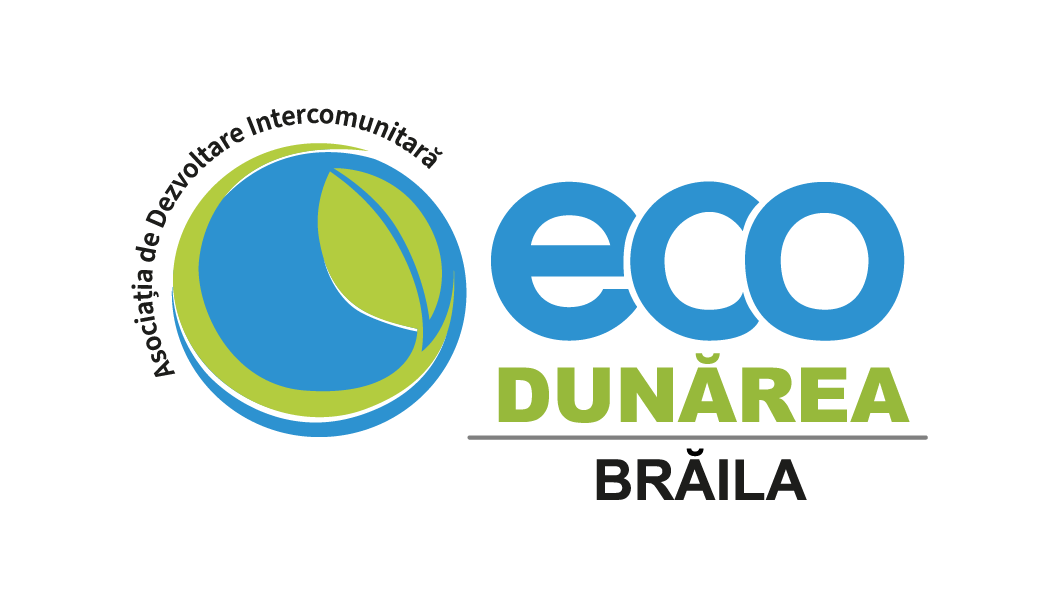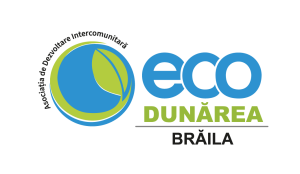Therefore, a period cost is generally recorded in the books of accounts with inventory assets. Accurate measurement of product and period costs helps you report the correct amount of expense in the income statement and assets in the balance sheet. Failing to distinguish between product vs period costs could result in an overstatement or understatement of assets and net income. In other words, product costs are expenses that are initially “parked” in the balance sheet and recorded only as an expense (COGS) upon sale. A period cost is any cost consumed during a reporting period that has not been capitalized into inventory, fixed assets, or prepaid expenses. These costs tend to be clustered into the selling, general and administrative classifications of expenses, and appear in the lower half of a reporting entity’s income statement.
An example of such cost is the cost of material, labour, and overheads employed in manufacturing a table. Period costs are costs that cannot be capitalized on a company’s balance sheet. In other words, they are expensed in the period incurred and appear on the income statement. Consider working with TranZact’s production management solution to improve cost control and get a competitive advantage. TranZact gives Indian SME Manufacturers the resources, analysis, and business intelligence reports they need to succeed in the market. Therefore, helping in making wise decisions and taking charge of your costs for a more profitable business is very important.
Product vs Period Costs: Differences & How To Distinguish
If the cost isn’t traceable and allocable to products and services, this cost is a period cost. Period costs are workers comp audit essential to business operations but don’t directly affect the final products. To continue our bakery example, let’s say we’re hiring an external bookkeeper to do the books. Product and period costs are the two major classifications of costs that have different accounting treatments. Product costs are related to the cost of purchasing inventory for sale or performing a service. Meanwhile, period costs are costs that are not related to production but are essential to the business as a whole.
The simple difference between the two is that Product Cost is a part of Cost of Production (COP) because it can be attributable to the products. On the other hand Period, the cost is not a part of the manufacturing process, and that is why the cost cannot be assigned to the products. If a manufacturer leases its manufacturing plant and equipment, the lease is a product cost (as opposed to a period cost). That is, rent is included in the manufacturing overhead assigned to the goods produced.
According to generally accepted accounting principles (GAAPs), all selling and administrative costs are treated as period costs. In summation, appreciating the difference between product and period cost is essential for accurate financial reporting. Sales commissions neatly fall into the category of period costs because they are integral to selling activities rather than production. By categorizing them correctly, businesses can enhance their financial transparency and management, which ultimately supports strategic decision-making. As businesses reflect on their accounting practices, embracing these distinctions will pave the way for more informed financial strategies and healthier financial outcomes. Direct materials, direct labor, and the cost of factory overhead are a few examples of product costs.
Stripe Fees: A Guide to Processing Stripe Fee for Your Business and Pricin
By studying these cost factors, businesses can make educated decisions, improve processes, and increase profits. Balancing product and period costs is important for your business performance what is irs form 8379 efficiency. Product costs help you fine-tune the price of each item you sell, ensuring profitability. Period costs guide decisions about how to efficiently rule your small business realm to stay afloat, impacting staffing, advertising, and day-to-day operations. Unlike product costs, period costs don’t linger in the inventory valuation storyline.
Period costs are not part of manufacturing overhead and do not directly relate to making the product. When depreciation applies to assets like office equipment, it is considered a period expense. However, when it is used for manufacturing equipment, it becomes a portion of the product cost. So, as they don’t influence inventory valuation, period costs don’t create confusion about the value of unsold goods. To quickly identify if a cost is a period cost or product cost, ask the question, “Is the cost directly or indirectly related to the production of products?
Period costs are sometimes broken out into additional subcategories for selling activities and administrative activities. Administrative activities are the most pure form of period costs, since they must be incurred on an ongoing basis, irrespective of the sales level of a business. Selling costs can vary somewhat with product sales levels, especially if sales commissions are a large part of this expenditure.
Comparing Product Costs and Period Costs
Let’s look at how this periodic average cost would be used in a future period. To put it simply, a product’s costs are any costs involved during its purchase or manufacturing. Period costs are of no less help, as they allow you to understand how well you’re running your business. Discover what a production management system is, its importance, functions,… CFI is the global institution behind the financial modeling and valuation analyst FMVA® Designation.
Common Mistakes in Material Handling Equipment Manufacturing
Once the goods are sold, the inventory is charged to the trading account in the form of cost of goods sold. This treatment of capitalizing the costs first and then charging as an expense is in line with the matching principle of accounting. Thus, the product costs are expensed out as cost of goods sold only when the related income from sale of goods is realized and recorded. Product costs are also often termed as inventoriable costs and manufacturing costs. A manufacturer’s product costs are the direct materials, direct labor, and manufacturing overhead used in making its products. As the name suggests, period costs are those costs which are incurred due to the passage of time.
Timing of recognition as expense
Moreover, period costs are expenses in the income statement of the period in which they were incurred. Allocable but nontraceable costs to products and services—like our electricity example above—are called manufacturing overhead (MOH). We still include MOH as part of product costs even if we can’t trace them directly. For proper financial reporting and to successfully determine revenue, pricing strategies, and cost control methods, it is necessary to distinguish between product costs and period costs. Wages for administrative employees are period costs, whereas direct labor tied to production is a product cost.
Product cost: assessing the true cost of production and setting product prices
The costs that are not classified as product costs are known as period costs. These costs are not part of the manufacturing process and are, therefore, treated as expense for the period in which they arise. Period costs are not attached to products and the company does not need to wait for the sale of its products to recognize them as expense on income statement.
- Consider working with TranZact’s production management solution to improve cost control and get a competitive advantage.
- When depreciation applies to assets like office equipment, it is considered a period expense.
- Period costs are, therefore, recorded as an expense in the accounting period in which they occurred.
- The difference between period costs vs product costs lies in traceability and allocability to the business’ main products and services.
- On the other hand, in Marginal Costing only the variable cost is regarded as product cost.
- Integrate financial data from all your sales channels in your accounting to have always accurate records ready for reporting, analysis, and taxation.
- When preparing financial statements, companies need to classify costs as either product costs or period costs.
They don’t form part of the cost of inventory and thus are expensed to the profit and loss account as and when they are incurred by the entity. Such a treatment of period costs is in accordance with the accrual concept of financial accounting. As shown in the income statement above, salaries and benefits, rent and overhead, depreciation and amortization, and interest are all period costs that are expensed in the period incurred. On the other hand, costs of goods sold related to product costs are expensed on the income statement when the inventory is sold. Period costs are recorded for the specific accounting period in which they are incurred. When preparing financial statements, companies need to classify costs as either product costs or period costs.
- Period costs are hard to pinpoint to the business’s main products, but they are incurred nonetheless because they’re essential.
- Remenber, they include things like rent, salaries, and advertising costs?
- Allocable but nontraceable costs to products and services—like our electricity example above—are called manufacturing overhead (MOH).
- Unlike product costs, which are only recorded when goods are sold, period costs are accounted for within the financial period they are incurred.
- Period costs are the expenses in a business that aren’t directly linked to making specific products or services.
In addition to categorizing costs as manufacturing and nonmanufacturing, they can also be categorized as either product costs or period costs. This classification relates to the matching principle of financial accounting. Therefore, before talking about how a product cost differs from a period cost, we need to look at what the matching principle says about the recognition bookkeeper job description of costs. According to the Matching Principle, all expenses are matched with the revenue of a particular period. So, if the revenues are recognised for an accounting period, then the expenses are also taken into consideration irrespective of the actual movement of cash. By virtue of this concept, period costs are also recorded and reported as actual expenses for the financial year.
Product Cost is the cost that is attributable to the product, i.e. the cost which is traceable to the product and is a part of inventory values. Allocation is the only way to account for overhead since we can’t pinpoint its direct relationship to products and services. Below is a simple flowchart we designed that summarizes how to distinguish period costs vs product costs. You can not easily determine how much of these costs it takes to make one product. Indirect Cost – a cost that cannot be easily and conveniently traced to one product.


